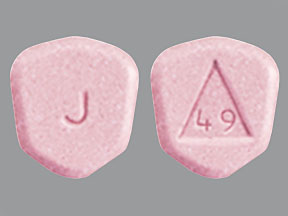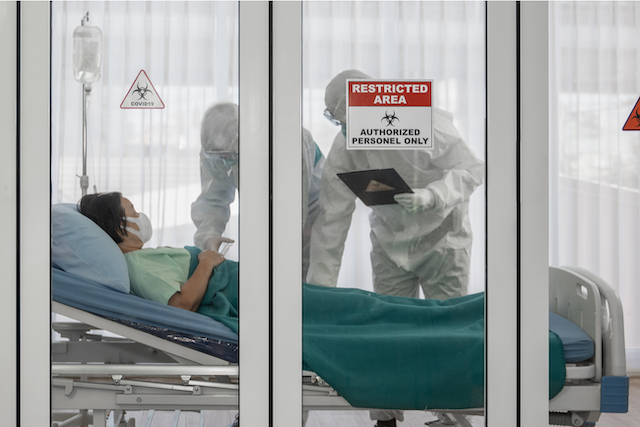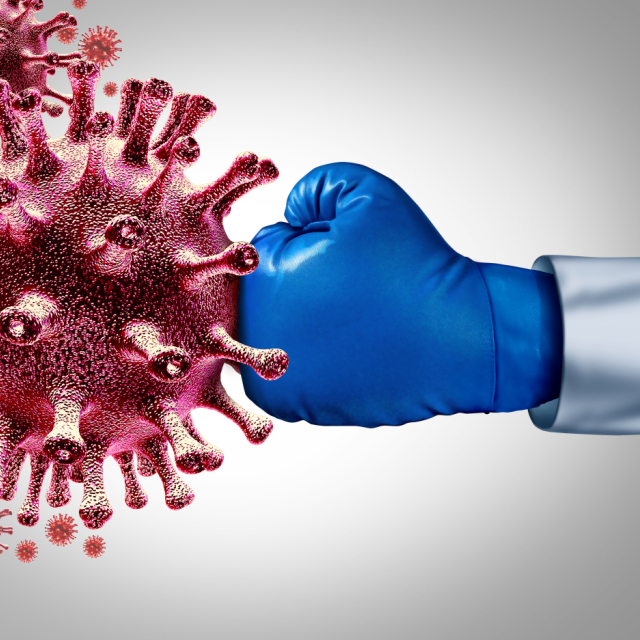Can you identify this pill?

|
dextroamphetamine
|
|
buprenorphine/naloxone
|
|
acyclovir
|
|
prasugrel
|
(World J Transplant)—A 50-year-old female kidney transplant recipient presented with progressive dry cough and fever x3 days, after recent contact with a symptomatic COVID-19–positive individual. Her COVID-19 nasopharyngeal swab was negative; however, chest CT revealed consolidation typical of the disease. Empiric tx was initiated, consisting of piperacillin/tazobactam 4.5 g tid; azithromycin 500 mg x1 dose, then 250 mg daily; chloroquine 800 mg x1 dose, then 400 mg daily; and oseltamivir 75 mg daily. Despite clinical improvement of lung consolidation, the patient’s serum creatinine and tacrolimus trough levels rose to 1.4 mg/dL and 23.58 ng/mL, respectively, 6 days after hospital admission. The elevated creatinine level was attributed to high tacrolimus levels.
Pre-admission meds: tacrolimus, mycophenolate mofetil, prednisone, amlodipine.
Which drug could have caused the elevation in tacrolimus levels?
Pre-admission meds: tacrolimus, mycophenolate mofetil, prednisone, amlodipine.
Which drug could have caused the elevation in tacrolimus levels?

|
piperacillin/tazobactam
|
|
oseltamivir
|
|
chloroquine
|
|
azithromycin
|
All of these factors might be a reason for patients to get a vaccine sooner than 3 months if they've recently had COVID-19 EXCEPT:

|
Local COVID-19 hospital admission level
|
|
Concerns about timing with other vaccines such as influenza vaccines
|
|
Personal risk of severe disease
|
|
Risk of disease in a loved one or close contact
|
|
Characteristics of the most common COVID-19 variant currently causing illness
|
